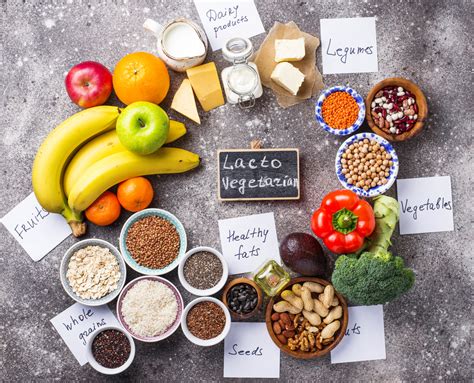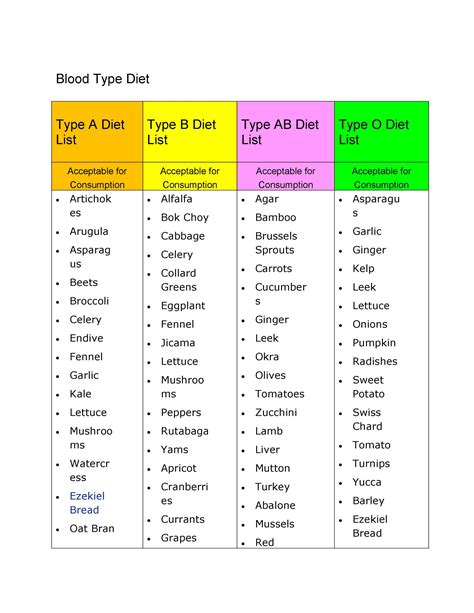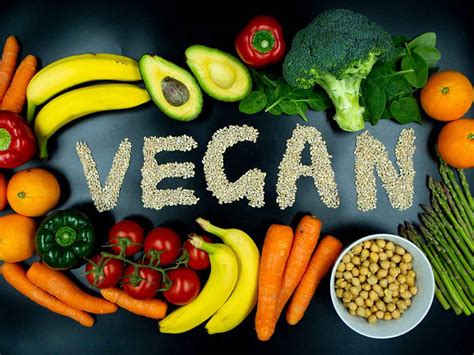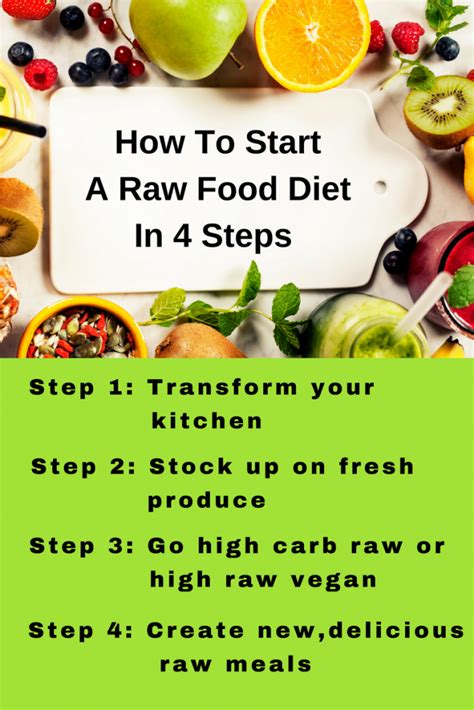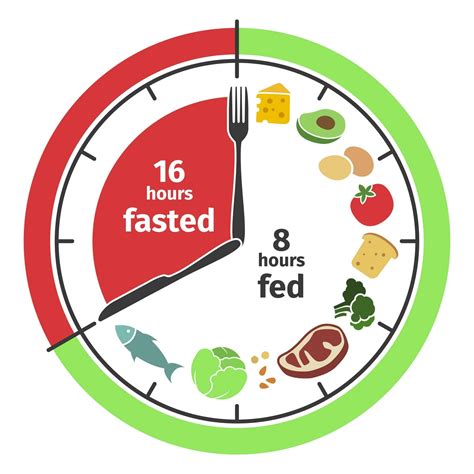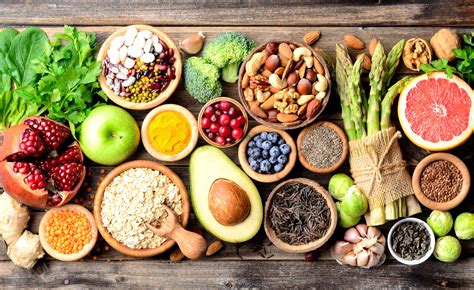Discover the benefits of a lacto vegetarian diet, key nutrients to include, and tips for transitioning in this comprehensive guide. Create your balanced meal plan today.
Understanding Lacto Vegetarianism
Contents
Understanding Lacto Vegetarianism is essential for anyone considering making the switch to this type of diet. Lacto vegetarians do not consume any animal flesh, but they do include dairy products in their diet. This means that they abstain from meat, poultry, fish, and seafood, but still eat foods such as milk, cheese, and yogurt. Lacto vegetarianism is often chosen for ethical, environmental, and health reasons.
For those who are considering transitioning to a lacto vegetarian diet, it’s crucial to educate themselves on the benefits of lacto vegetarianism. By eliminating meat from their diet, individuals can reduce their risk of heart disease, high cholesterol, and certain types of cancer. In addition, lacto vegetarians often have lower levels of saturated fat and cholesterol, and may also consume higher amounts of important nutrients.
When creating a balanced lacto vegetarian meal plan, it’s important to consider the key nutrients that are essential for overall health. Lacto vegetarians should focus on incorporating plant-based sources of protein, such as legumes, tofu, and tempeh. Additionally, it’s important to include a variety of fruits, vegetables, whole grains, and dairy products to ensure that all essential nutrients are being obtained.
One of the key nutrients in a lacto vegetarian diet is calcium. Since lacto vegetarians rely on dairy products for this essential mineral, it’s important to consume adequate amounts of milk, cheese, and yogurt. Other important nutrients to consider include vitamin B12, iron, and omega-3 fatty acids, which can often be obtained through fortified foods and supplements.
Benefits of Lacto Vegetarian Diet
Following a lacto-vegetarian diet can have numerous benefits for your health and well-being. This type of diet involves consuming dairy products along with plant-based foods, while avoiding meat and seafood.
One of the main benefits of a lacto-vegetarian diet is its potential to lower the risk of heart disease. By incorporating plenty of fruits, vegetables, whole grains, and dairy into your meals, you can reduce the intake of unhealthy fats and cholesterol, leading to a healthier heart.
Additionally, a lacto-vegetarian diet can aid in weight management. The high fiber content of plant-based foods and the protein from dairy products can help you feel full and satisfied, making it easier to maintain a healthy weight.
Another benefit of this diet is the potential to improve digestive health. Plant-based foods are rich in fiber, which promotes healthy digestion and can prevent conditions such as constipation and diverticulosis.
Overall, incorporating a lacto-vegetarian diet into your lifestyle can provide a wide range of health benefits, including improved heart health, weight management, and digestive wellness.
Creating a Balanced Lacto Vegetarian Meal Plan
When transitioning to a lacto vegetarian diet, it’s important to ensure that your meals are balanced and provide all the necessary nutrients for your body. One way to achieve this is by creating a well-planned meal plan that incorporates a variety of plant-based foods along with dairy products. This can help you meet your daily nutrient needs and maintain a healthy lifestyle.
One of the key aspects of creating a balanced lacto vegetarian meal plan is to include a variety of fruits, vegetables, whole grains, legumes, nuts, seeds, and dairy products in your diet. These foods are rich in essential vitamins, minerals, and proteins that are necessary for overall health and well-being. By incorporating a wide range of plant-based foods into your meals, you can ensure that you are getting all the nutrients your body needs.
In addition to including a variety of plant-based foods in your lacto vegetarian meal plan, it’s also important to pay attention to portion sizes and meal timings. Eating regular, balanced meals throughout the day can help prevent overeating and promote better digestion. It’s also important to stay hydrated by drinking plenty of water and to avoid relying too heavily on processed foods and sweets.
Creating a balanced lacto vegetarian meal plan also involves paying attention to specific nutrient needs, such as calcium, iron, and protein. Incorporating dairy products like milk, yogurt, and cheese can help meet your calcium and protein requirements, while including foods like leafy greens, tofu, and lentils can help ensure you are getting enough iron. By being mindful of these nutrient needs and including a variety of plant-based sources in your meals, you can create a well-rounded meal plan that supports your overall health.
Overall, creating a balanced lacto vegetarian meal plan involves incorporating a wide range of plant-based foods along with dairy products, paying attention to portion sizes and meal timings, and being mindful of specific nutrient needs. By taking these factors into consideration, you can ensure that your lacto vegetarian diet is both nutritious and satisfying.
Key Nutrients in Lacto Vegetarian Diet
When following a lacto vegetarian diet, it is important to pay close attention to certain key nutrients to ensure that your body is getting all the essential vitamins and minerals it needs to thrive. Without the proper planning and consideration, it is possible to miss out on important nutrients that are typically obtained from animal products.
One of the most critical nutrients for lacto vegetarians to focus on is protein. While animal products are a common and efficient source of protein, there are plenty of plant-based options available to lacto vegetarians, such as nuts, seeds, legumes, and dairy products. It is important for lacto vegetarians to ensure they are consuming enough protein to support muscle maintenance, growth, and overall health.
Vitamin B12 is another important nutrient that can be more challenging to obtain on a lacto vegetarian diet, as it is primarily found in animal products. Lacto vegetarians can include fortified foods, such as plant-based milk or breakfast cereals, to help meet their vitamin B12 needs. Additionally, incorporating supplements into their routine may be necessary to ensure they are getting an adequate amount of this essential vitamin.
Calcium is also key for lacto vegetarians, as it plays a crucial role in bone health. While dairy products are a good source of calcium, lacto vegetarians can also obtain this nutrient from fortified plant-based milk alternatives, tofu, almonds, and leafy green vegetables.
In addition to these key nutrients, lacto vegetarians should also pay attention to their intake of iron, omega-3 fatty acids, and vitamin D to ensure a well-rounded and balanced diet. By being mindful of these key nutrients and making intentional choices in their diet, lacto vegetarians can easily meet their nutritional needs and enjoy the health benefits of this plant-based eating approach.
Tips for Transitioning to Lacto Vegetarianism
Transitioning to a lacto vegetarian diet can be a rewarding experience, but it’s important to take it slow and make gradual changes. One tip for transitioning to a lacto vegetarian diet is to start by gradually reducing the amount of meat in your meals. You can begin by having meat-free days a few times a week, and then slowly increase the number of days until you are eating a completely meat-free diet.
Another tip is to experiment with new vegetarian recipes and ingredients. This will help you discover new favorite foods and make the transition more enjoyable. You can also try substituting meat with lacto vegetarian alternatives such as tofu, tempeh, and seitan. These can be great sources of protein and add variety to your meals.
It’s also important to educate yourself about the nutritional needs of a lacto vegetarian diet. Make sure you are getting enough protein, iron, calcium, and other essential nutrients from plant-based sources. There are plenty of resources available online and in books that can help you understand how to get all the essential nutrients without consuming meat.
Additionally, consider seeking support from other vegetarians or joining a community group. Having a support system can be incredibly helpful, especially when you are just starting out on your lacto vegetarian journey. It can also be a great way to share recipes, tips, and advice with like-minded individuals.
Lastly, be patient with yourself and allow for some flexibility. It’s okay to have slip-ups or moments of uncertainty, and it’s important to recognize that this is a learning process. Remember that every small step you take towards a lacto vegetarian lifestyle is a step towards improved health and ethical eating.

